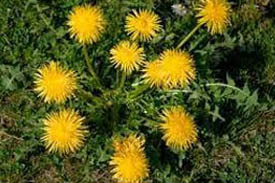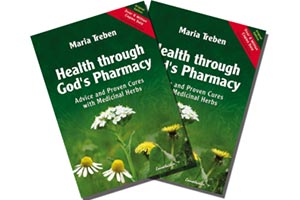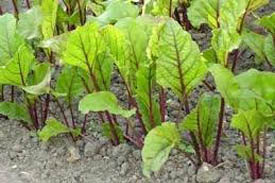Wild Gardens
 The year is 1318; people are starving. Weather had turned, wet, cold, and no sunlight for several years. Perhaps this was due to the 1296 Calderas in the South Pacific that blew, becoming the largest known volcanic eruption in recent history.
The year is 1318; people are starving. Weather had turned, wet, cold, and no sunlight for several years. Perhaps this was due to the 1296 Calderas in the South Pacific that blew, becoming the largest known volcanic eruption in recent history.
When a Volcano blows, such as the proposed calderas in Colorado, it becomes devastating to world agriculture and life. This can be a “nuclear ” winter effect and is grim as the fields cannot be plowed, seed rots in the wet with no sunlight to stimulate growth.
I was comparing this wet cold dreary spring and early summer to this event wherein most everyone’s gardens failed, except those few with greenhouse shelter.
“Never mind, the grocery store is always open.” Yes, it is open, but for how long?
The key to survival in the dim past, which includes us, into the 19th century, is that for many rural old timers subsisted on wild plants. I noted during this spring how the domesticated modern vegetables just did not make it. But the wild foods grew in abundance, higher and lusher than any other year. Surely Mother Nature knows what she is doing.
Since Elijah Bowen, my videographer extraordinary, and I have started a video series on plants it was his idea to do one on survival wild foods. Although wild, edible–medicinal plants abound in my yard I had thought to gather seed and like so many other wild gardeners, start some beds of reliable plants.
Let us shift back to 1318 and see that the “villains”, a medieval noun that described the peasant folk who worked the land holdings of the rich, and gained scraps of land for their own repayment in labors. Many of these lower class peoples had two goals: (1) was to make enough money in the market place to pay their never ending tax to the gentry and church, and (2) to provide for themselves. Stone huts were an improvement over the 1st century waddle and straw communal huts for which the villains could keep their cow and other livestock within during the night for theft prevention. In 1346 the “Black Death” arrived in Europe, and many of the wild gardens, containing herbs helped alleviate the suffering.
Can you imagine keeping a cow indoors? Such was early medieval life!
Although we hope to make a video on identifying the wild edible plants it probably will not be until next spring thru summer into fall to gain a real pictorial of what they look like. Of course most vegetation in the winter is asleep, and defoliated, and unless you were born into a wild life you would also starve. Hence, we have to talk about putting up foods the ancient ways for living in a hut, or cave, which do not promote modern canning ways with refrigeration and freezers.
The key to survival for these folk in times past has always been to form a communal group and/or an extended family. “Many hands, make light work” as the old saying goes. Although you may not find brothers and sisters interested in this venture you could, as in “Kon-Tiki” make a documentary of it for a year or two, and sell the videos. The BBC has many interesting experiments along this line, as does National Geographic. If you know what you are doing you might get a grant.
Grow and eat wild foods? Yes! Who knows, for you as a pepper type this might be a way to go, or at least have knowledge beyond nitrogen packed foods, and UPS delivery.
Before we get started go to Amazon.com or some local book store and obtain a hardback copy of: Peterson Field Guide: Medicinal Plants and Herbs. This will get you started on plant identification; as you progress in interest you will find many more books with better pictures of the plants you might eat. You do have to know what you are eating as many poisons plants look just like the real edible ones. While you are learning, start wild seed harvest in small paper bags. Next spring plants some wild seed for your wild garden.
Let us all hope Elijah and I will work out a video series on this topic next year along with all the other projects looming. I did want Dear Reader to recall that this year, 2013, was a bridge building year for me that consumed most of my time and resources. Next year, starting in the spring I will be working on the garden raised beds, building bee boxes, extending my apothecary, and renovating the greenhouses. “Idle hands are the Devil’s workshop”.
Diane said that some health institute related, based on my age, I would be dead in ten years. Phooey, I intend to make it past 130 years. Too much adventure out there.
God Bless,
Old Timer,
COPYRIGHT: 2013, Back2theLand.com. All rights reserved.



